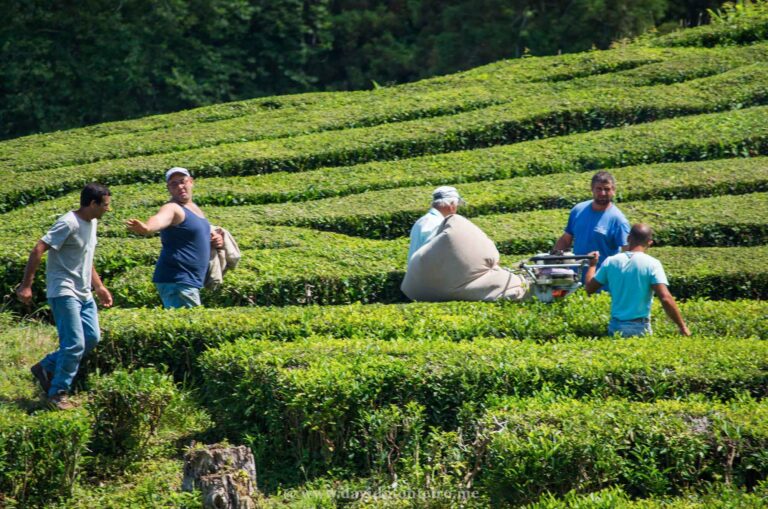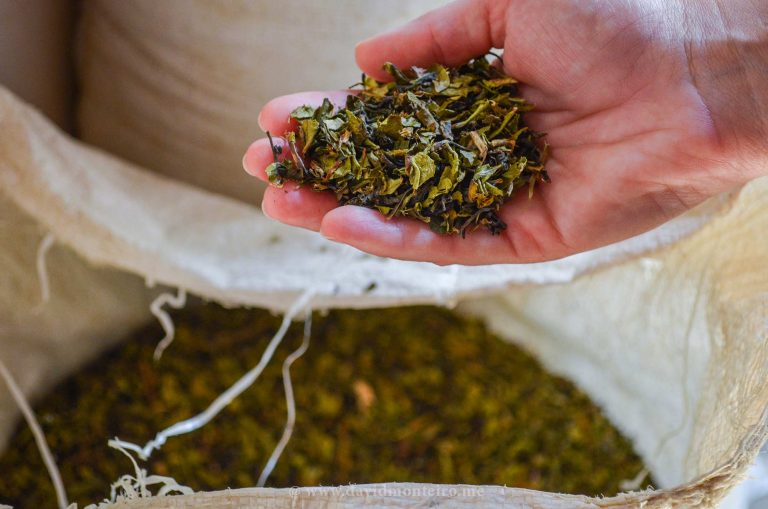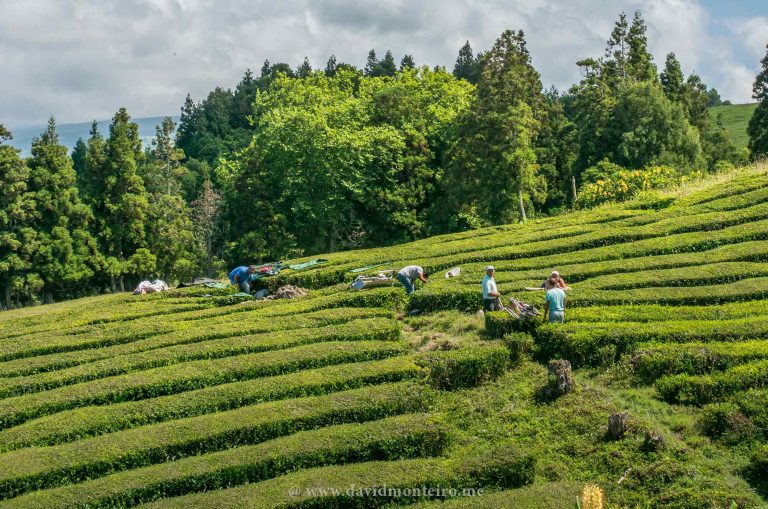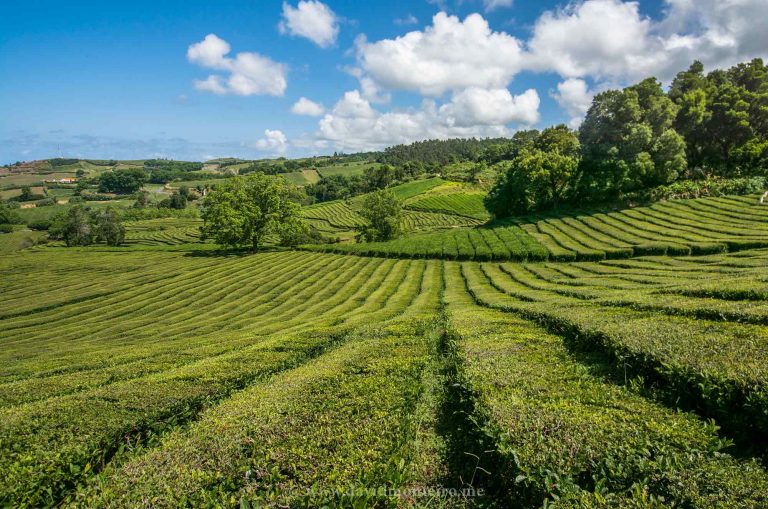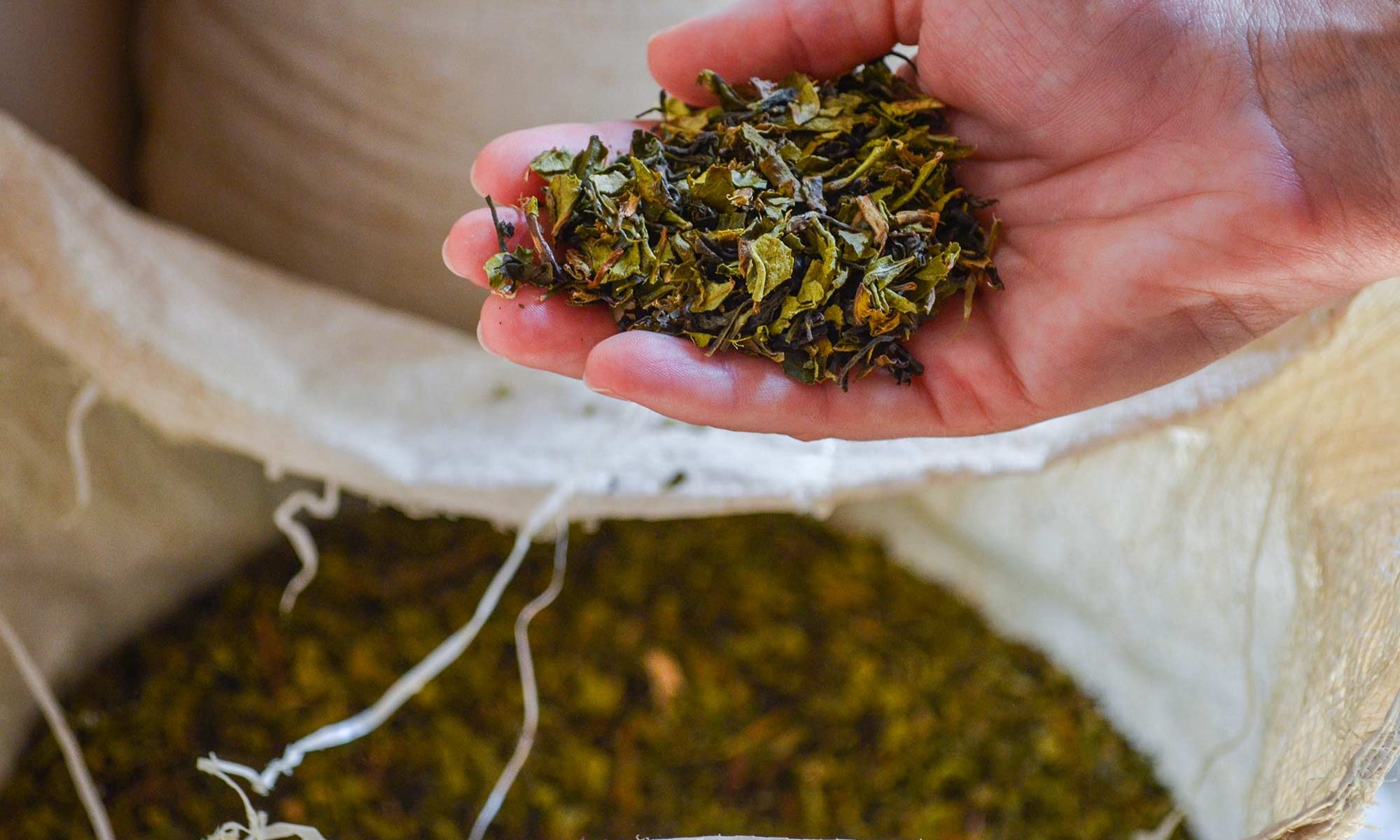Discovering the Origins of Azorean Tea
The Unique Heritage of Azorean Tea
Did you know that until recently, Azorean tea was the only truly European tea?
The lush islands of the Azores, a beautiful archipelago in Portugal, have been cultivating tea since the 19th century.
Despite the emergence of tea plantations on Portugal’s mainland, the story of Azorean tea remains unique and fascinating.
The Chinese Connection
China’s ancient trade relations with Portugal were pivotal in introducing tea to the Azores.
Relax, this tale isn’t about modern politics but historical trade exchanges that have shaped culinary cultures across the globe.
In the 16th century, Portuguese navigators, exploring and trading far and wide, brought back exotic goods from Asia, including the orange from China.
From China to Portugal: A Trade Odyssey
The Portuguese were adept at integrating foreign products into their culture.
For example, they introduced chili from Brazil to Asia, leading to curry creation.
Similarly, Europe owes its tea-drinking habit to the Portuguese.
When Catherine of Braganza married England’s King Charles II in the 17th century, she brought the custom of afternoon tea with her, spreading it throughout Europe.
During their exchanges with southern China, the Portuguese introduced sweet potatoes, green beans, and lettuce to the region.
In return, they brought oranges, which thrived particularly well in the Algarve, Portugal’s southern region.
These oranges later made their way to the Azores, becoming a significant agricultural product.
The Plague of Oranges and the Rise of Tea
In 1834, two lemon trees brought to the island of Faial carried the Coccus Cochonilha pest, devastating Azorean orange production.
This crisis, compounded by a disease known as “the tear,” necessitated the search for new crops.
Enter tea, pineapple, and tobacco, which found a suitable environment in the Azores’ fertile soil and mild climate.
Introducing Tea Cultivation in the Azores
Though the tea plants thrived, the Azoreans lacked the knowledge to process them into tea.
This changed in the late 18th century thanks to José do Canto, a prominent landowner and intellectual.
Through the Sociedade Promotora da Agricultura Micaelense, he secured the expertise of Chinese tea makers, Lau-a-Pau and Lau-a-Teng, who arrived in São Miguel on March 5, 1878.
Their expertise revolutionized tea production in the Azores, training numerous farmers in cultivation and processing techniques.
The Fascination of Cultures
The arrival of the Chinese experts was a cultural marvel for the isolated community of São Miguel.
The mutual curiosity and knowledge exchange between the Azoreans and the Chinese tea makers enriched both cultures.
By the early 20th century, five major tea producers and about forty smaller ones were thriving in the Azores.
Today’s Azorean Tea
Today, only two tea companies, Gorreana and Porto Formoso, remain, both located on São Miguel island.
Visiting these factories is a must for any traveler. You can explore the plantations, witness the production processes, and experience the enduring aroma of tea.
Remarkably, the original machinery is still in use, providing a nostalgic glimpse into the past.
Future Insights Await
In this article, I’ve left several intriguing questions unanswered:
How did tea spread throughout Europe?
Why is the Portuguese word for tea “chá” so different?
How did Portuguese oranges influence English marmalade?
What types of tea are produced in the Azores, and are there other tea plantations in Portugal?
Stay tuned for future articles that will delve into these fascinating topics.
I hope you enjoyed this journey through the history of Azorean tea.
Join me for a tour
I hope to guide you through this theme shortly.
If you’re interested in experiencing this adventure or any other from my repertoire, feel free to contact me via my travel agency, Iberactive
David Monteiro
